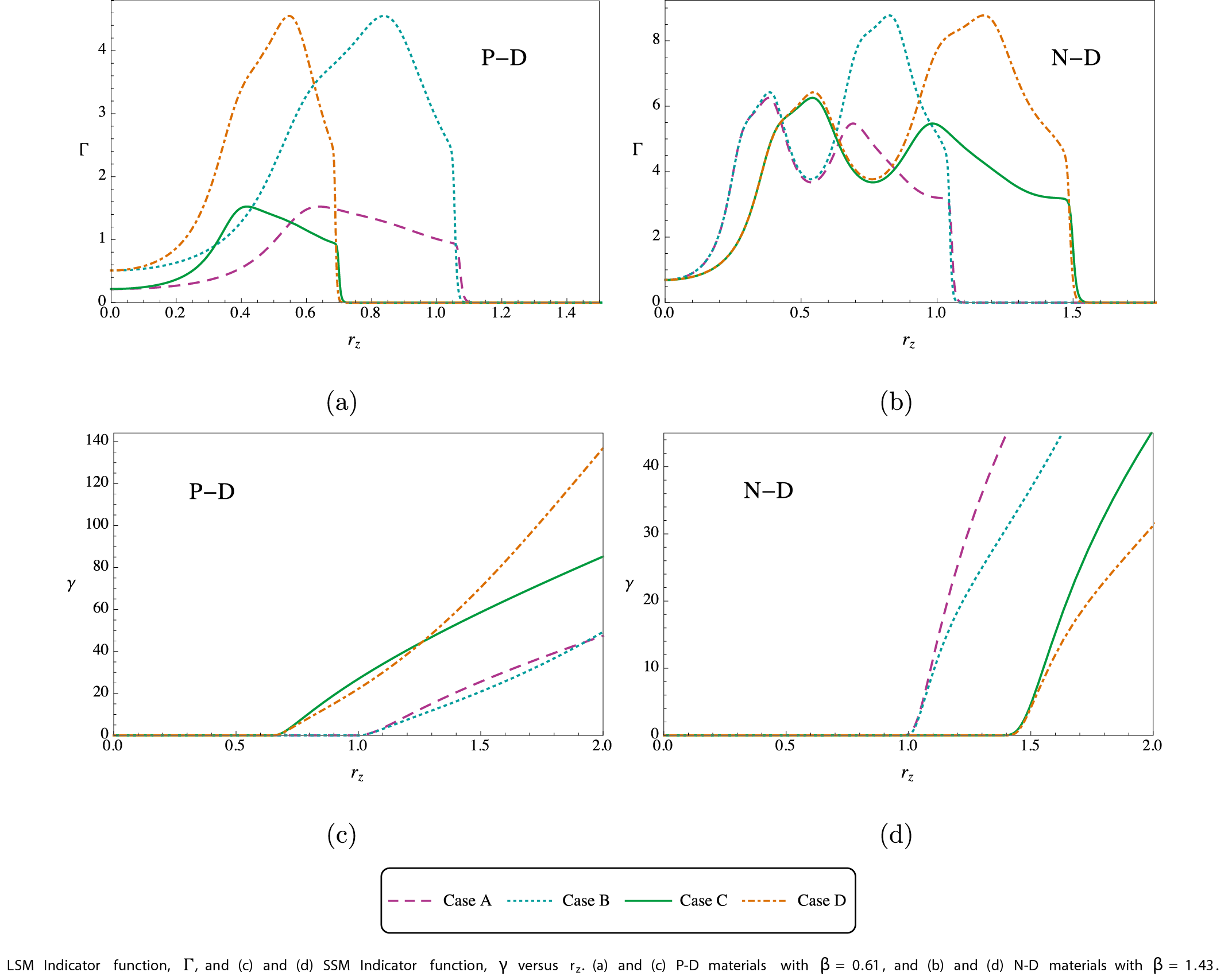Hossein M. Shodja

As long as the size of the embedded scatterer in comparison to the internal length scale of its surrounding elastic matrix is large, then the linear sampling method (LSM) and singular sources method (SSM) can be used in conjunction with classical theory of elasticity to reconstruct the size of the scatterer with reasonable accuracy. On the other hand, for the micro-/nano-size scatterer this treatment ceases to hold due to the shortcomings of classical theory of elasticity. Moreover, in the realm of this theory, wave propagation through a homogeneous medium is nondispersive on the macro-scale even for high frequency waves. This outcome is incompatible with the practical observations. A remedy to circumvent these shortcomings is to resort to such a higher order continuum theory as couple stress theory with micro inertia. In particular, by accounting for the micro inertia term a new length scale referred to as ”dynamic characteristic length” enters the equation of motion. Association of the media with positive or negative dispersion is a clear manifestation of the new formulation. Therefore, with attention to the aforementioned, both the direct and inverse scattering of high frequency SH-waves by a micro-/nano-size inhomogeneity embedded in an unbounded elastic isotropic medium are addressed in the mathematical framework of couple stress elasticity with micro inertia. It will be shown that for positive (negative) dispersion materials the couple stress phase velocity is greater (less) than the corresponding classical phase velocity. For the purpose of inverse scattering reconstruction of the micro-/nano-size scatterer the LSM and SSM are developed in the context of the proposed theory for the first time. It will be shown that LSM and SSM reconstructions of the size of the scatterer are unique.

Inverse scattering, Couple stress theory, Micro inertia, Linear sampling method, Singular sources method